- +91 9403890582
- info@bcri.in
- Mon - Fri: 9:30 - 18:30
Clinical trials are essential research steps in developing safe and effective treatments. Understanding each phase helps patients, students, and professionals grasp how new drugs and medical devices move from lab to life. Clinical trials are conducted in a series of steps, known as phases, each designed to answer specific research questions and ensure the safety and effectiveness of the treatment. Understanding these phases is crucial for anyone involved in clinical research.
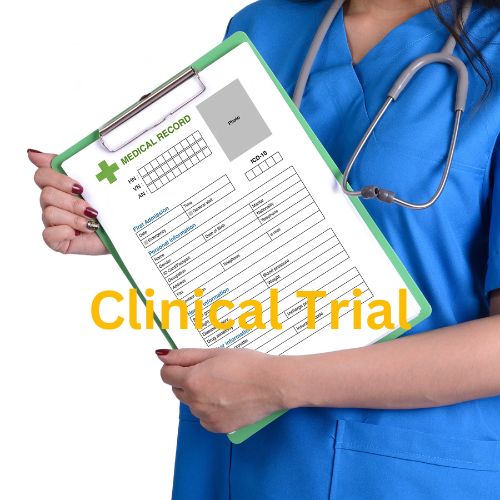
Purpose: Conduct ultra-low-dose testing on a very small group to observe how the drug behaves in the human body.
Benefit: Minimizes risk while confirming whether to proceed.
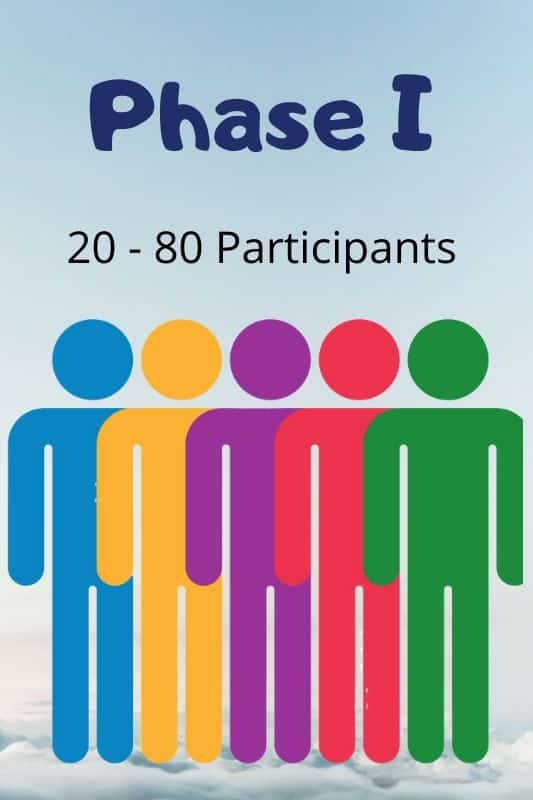
Phase I clinical trials focus on the safety, tolerability, pharmacokinetics, and pharmacodynamics of a new drug or medical device. Here’s what this initial testing phase involves:
Participants: Typically includes a small group of 20 to 100 healthy volunteers, who are usually compensated for their participation.
Goal: To identify a safe dosage and closely monitor any immediate side effects. Researchers examine:
Absorption: How the drug enters the body.
Metabolism: How the body processes and uses the drug.
Excretion: How the body eliminates the drug.
Phase I studies incrementally increase dosage levels to observe how higher doses impact participants. Approximately 70% of experimental treatments successfully advance from Phase I to the next phase.
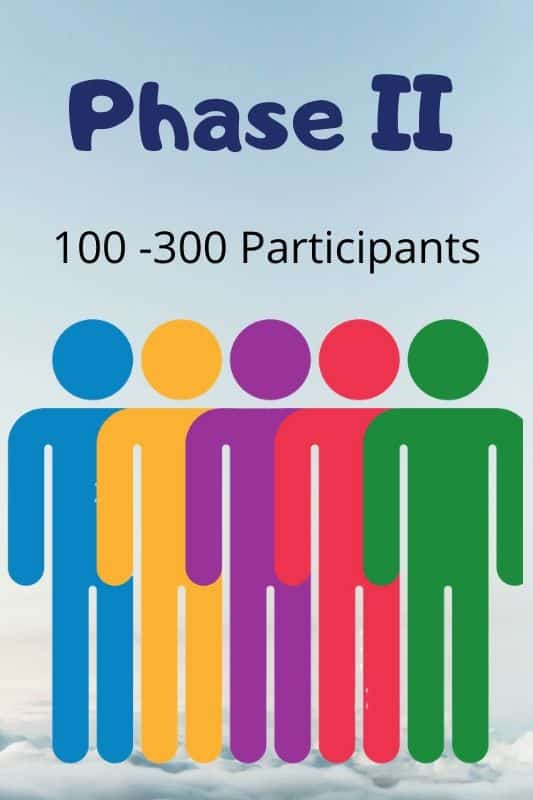
Phase II clinical trials primarily assess the efficacy (effectiveness) and further evaluate safety of a medication or medical device.
Participants: Includes a larger group—typically 50 to 300 patients who have the condition the drug aims to treat.
Duration: Trials can last from several months to approximately two years.
Trial Design:
Usually structured as randomized trials:
Treatment Group receives the experimental medication.
Control Group receives either a standard existing treatment or a placebo.
Trials are often blinded, meaning neither patients nor researchers know who receives the actual treatment, reducing bias.
The main goal of Phase II is to gather detailed information about:
How well the treatment works (efficacy).
Potential side effects and risks at various doses.
This critical data helps pharmaceutical companies and regulatory authorities like the FDA to evaluate the relative safety and effectiveness of the new treatment.
Approximately 33% of experimental drugs successfully pass both Phase I and Phase II clinical trials, moving forward to Phase III.

Phase III clinical trials provide critical definitive evidence regarding the effectiveness and safety of new medications or medical devices.
Participants: Trials involve hundreds to thousands of patients across multiple locations.
Design: Primarily randomized controlled multicenter trials, comparing the new treatment against existing standard treatments or placebos.
Duration: Studies typically last from one to several years due to the large scale and comprehensive nature of testing.
Phase III trials aim to clearly demonstrate:
Effectiveness of the treatment under diverse patient populations.
Safety profile, capturing detailed information on potential adverse reactions and benefits.
This extensive testing offers pharmaceutical companies and regulatory bodies, such as the FDA, comprehensive insights required for approval decisions.
Approximately 70% to 90% of drugs that enter Phase III successfully complete this stage.
Successful completion allows pharmaceutical companies to submit the treatment for FDA approval and subsequent marketing.
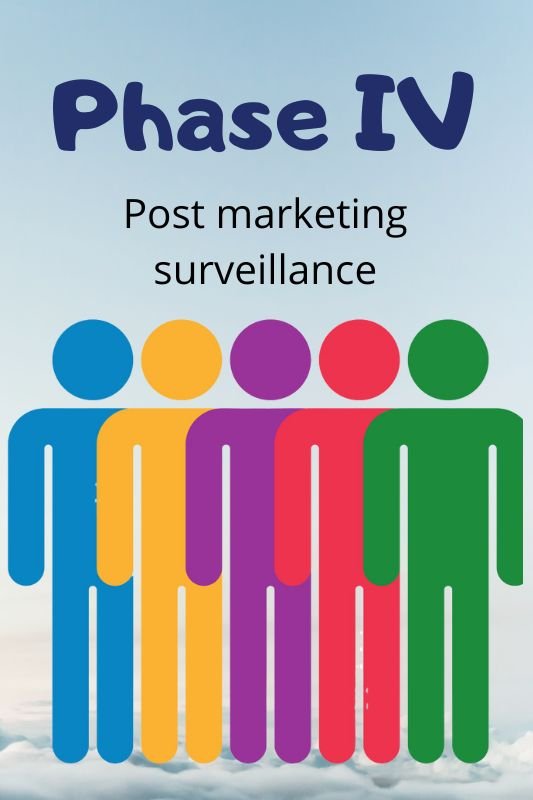
Phase IV clinical trials, also known as post-marketing or post-approval studies, are conducted after a drug or medical device has received approval and is available to consumers.
Scope: Involves monitoring large populations over several months to many years.
Purpose: Identify rare or long-term side effects not detected during earlier phases.
Phase IV studies aim to:
Compare the new medication or device against existing market alternatives.
Evaluate the treatment’s long-term effectiveness and its impact on patients’ quality of life.
Assess the cost-effectiveness compared to traditional or newer treatments.
Findings from Phase IV studies can lead to:
Restrictions on the product’s use.
Complete withdrawal from the market if significant risks or adverse effects emerge.
This ongoing surveillance helps ensure the continuous safety and efficacy of treatments available to the public.
Enroll in BCRI’s industry-leading Clinical Research Courses today. Learn from top industry experts, gain practical knowledge, and secure placement assistance to start your professional journey!
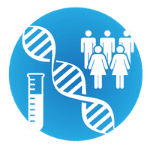
The module will give students an extensive training specific to clinical research associate job responsibilities in accordance with the industrial standards. All the requirements of the CRA will be taught and real-time project or an on the job training will also be provided.
READ MORE…..
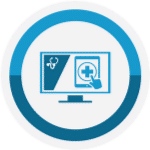
This module will provide aspirants with a solid understanding of the main issues in the design and interpretation of clinical trials. The module will outline the fundamental principles of comparative clinical trials in investigating effectiveness, efficacy and safety of treatments; and compare the benefits of clinical trials in comparison to alternative study designs.
READ MORE…..
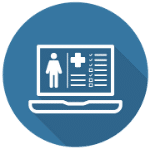
This module will cover issues relating to the on-going monitoring of the data in a study in order that sufficient data are available to answer the trial’s question reliably without recruiting more patients than necessary, or exposing them to unacceptable risks. The module will therefore focus on the ethical context of decisions about whether or not to continue entering Patients into trials.
READ MORE…..
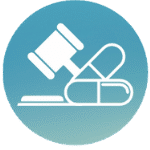
Module will enable aspirants to understand issues surrounding the risks and benefits of drug use in humans including the cause, manifestations and consequences of adverse drug effects (ADEs), the manner in which these are detected and monitored, and the related historic and legal frameworks.
READ MORE…..
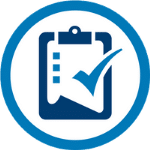
This Module will provide students with a solid understanding of the main issues in the design and interpretation of clinical trials. The Module will outline the fundamental principles of comparative clinical trials in investigating effectiveness, efficacy, and safety of treatments; and compare the benefits of clinical trials in comparison to alternative study designs.
READ MORE…..

SAS training that is designed to train students in applying SAS programming skills to clinical trials. The SAS Clinical training imparts the knowledge and skills required to ensure that clinical data is maintained as per prescribed standards so as to support strategic analysis
Clinical trial phases are stepwise processes designed to evaluate the safety, efficacy, dosage, and long-term impacts of new medications or medical devices before approval.
Phase I trials are crucial to determine the safety, dosage, side effects, and basic pharmacokinetics (how a drug is absorbed, metabolized, and excreted).
Phase II trials typically involve 50 to 300 patients who have the specific condition the drug aims to treat.
Phase III trials confirm the effectiveness and safety of treatments in larger patient populations, providing definitive evidence for regulatory approval.
Phase IV (post-marketing) trials can extend for months to several years to monitor rare and long-term side effects after market approval.
If a drug fails Phase III, it typically means it didn’t demonstrate adequate effectiveness or safety, halting further development and preventing market approval.
A randomized controlled trial is a clinical study design in which participants are randomly assigned to either the treatment or control groups, reducing bias and providing reliable comparative results.
Phase IV studies are conducted to observe the long-term safety, effectiveness, and real-world impact of treatments after approval, ensuring continued patient safety.
Only about 5-14% of drugs that begin clinical trials successfully make it through all phases and gain regulatory approval.
Participants in Phase I trials are often compensated. In later phases, payment varies and typically covers expenses related to participation.

I thank Bangalore Clinical Research Institute (BCRI) for all the valuable support and guidance.
Teaching staff are excellent with in depth knowledge and highly dedicated towards the students.Career oriented training with specific focus towards interview preparation was really helpful.
Clinical data management course covered all the important topics and was industry oriented.
Course really helped me to answer all the interview questions.

It has been a wonderful experience, completed my Pharmacovigilance and Clinical Data Management certification in BCRI (Nagarbaavi Branch). The trainers were very good, patient and very helpful throughout the course.

It was an amazing course. Although it was intense, full of different sessions it worths and I’m so satisfied . The tutors were well-trained, knowledgable, patient, friendly and helpful. They guided us in the best way . Thank You BCRI.
WhatsApp us
Our Team would love to Guide you to select the right course here .



Recognized Training Partner under Life Sciences Sector Skill Development Council
Live mentor support • Internship & placement assistance*